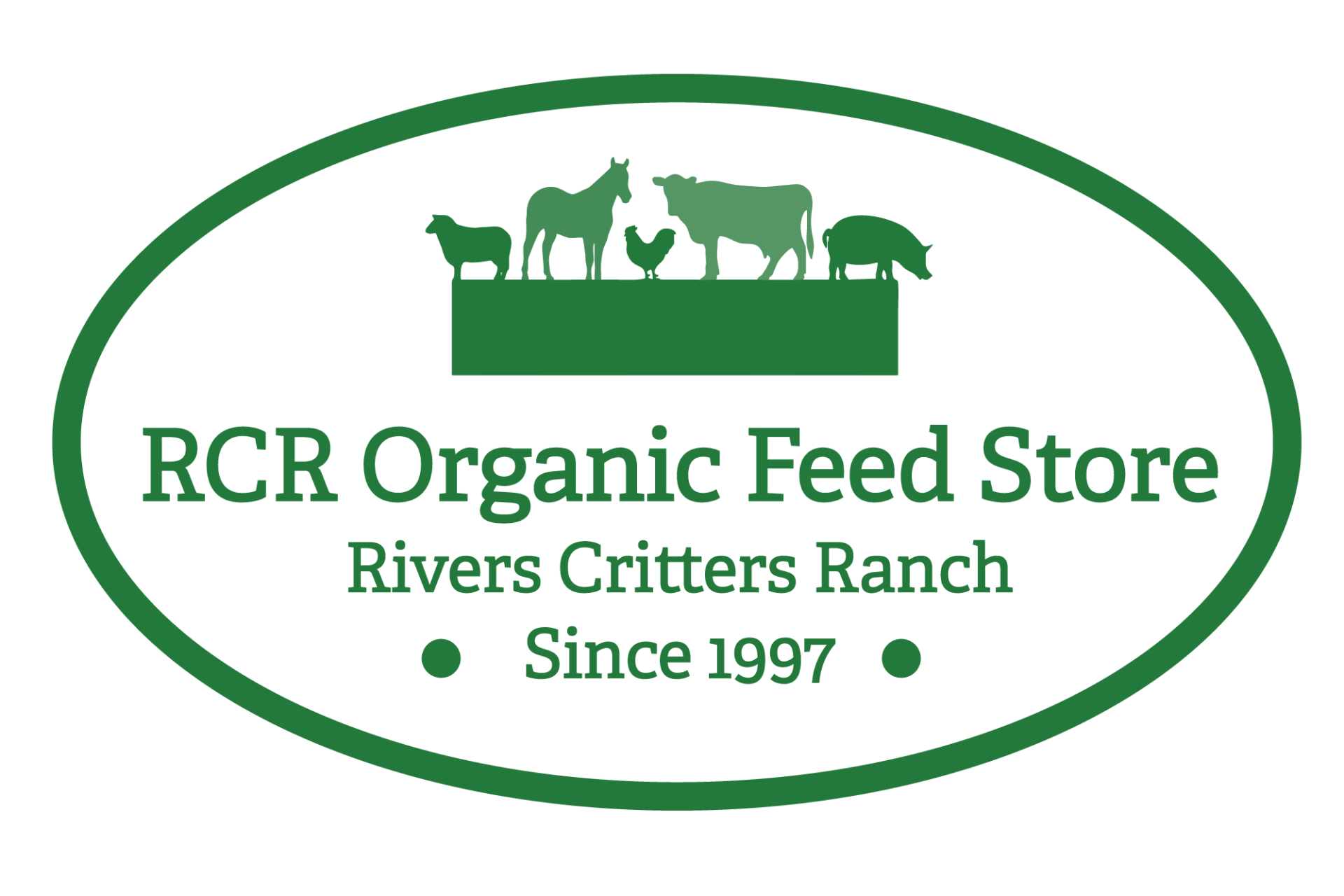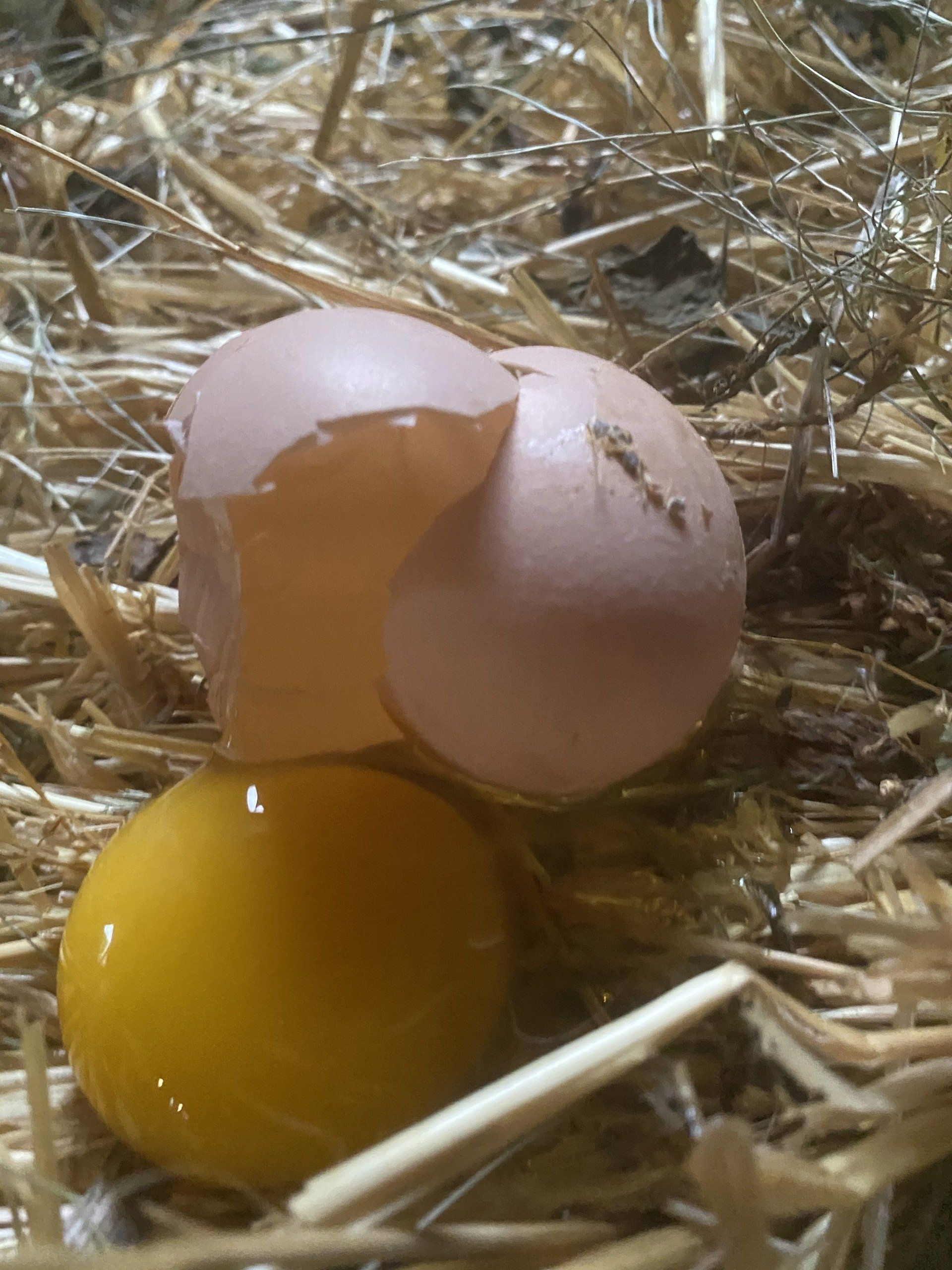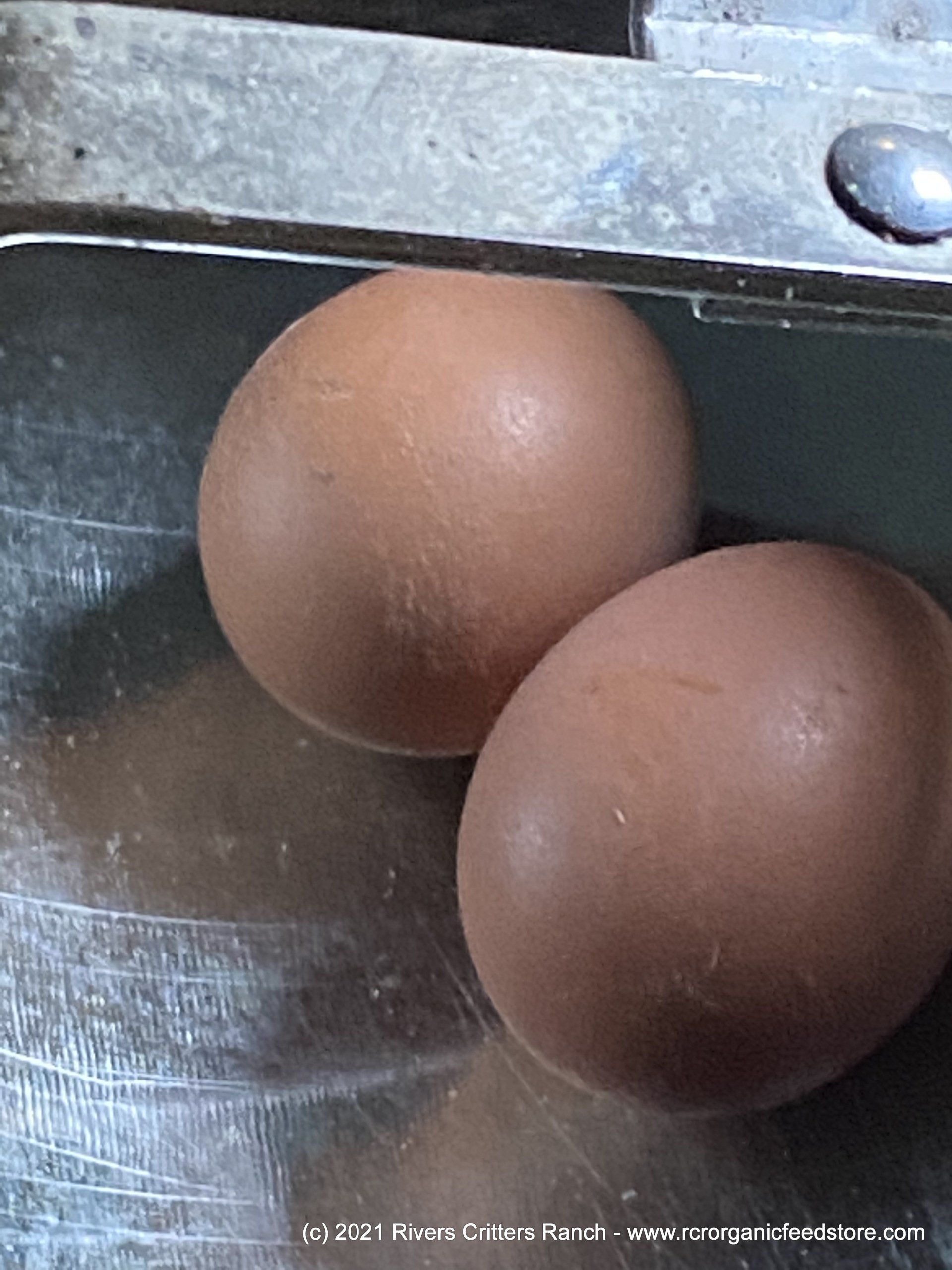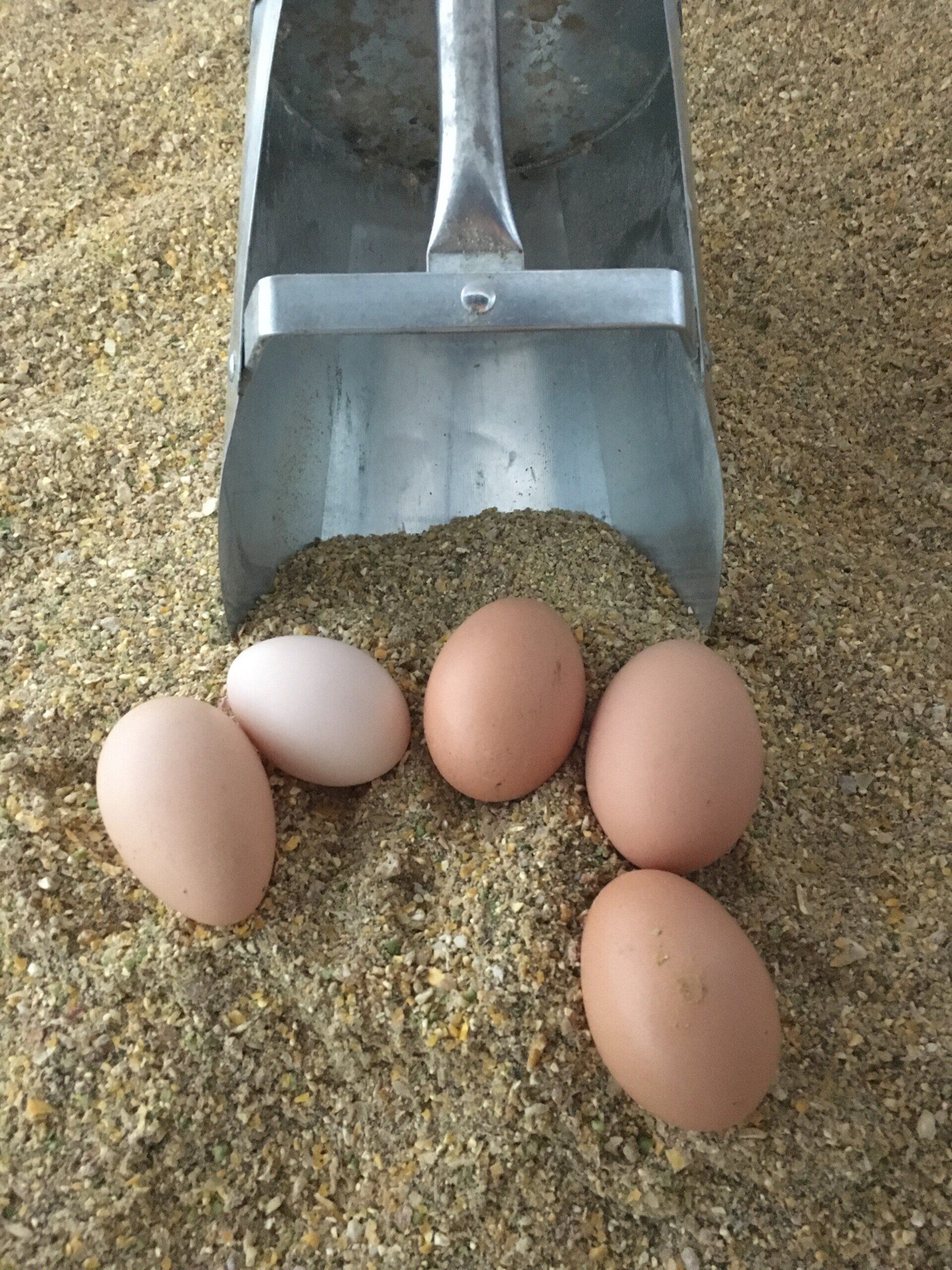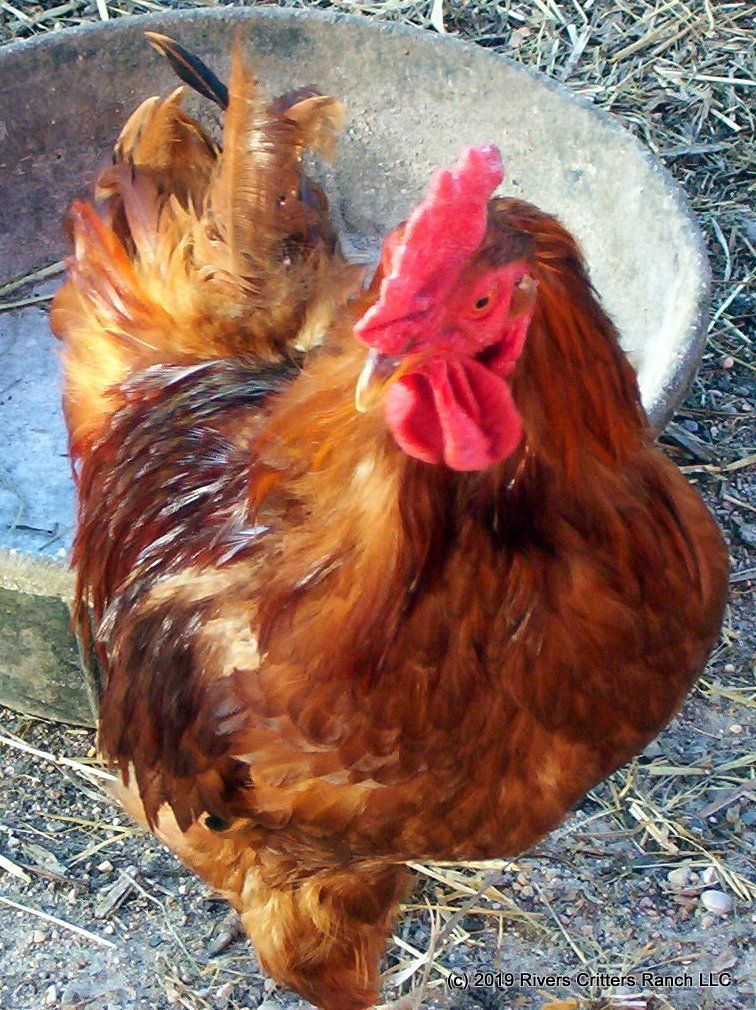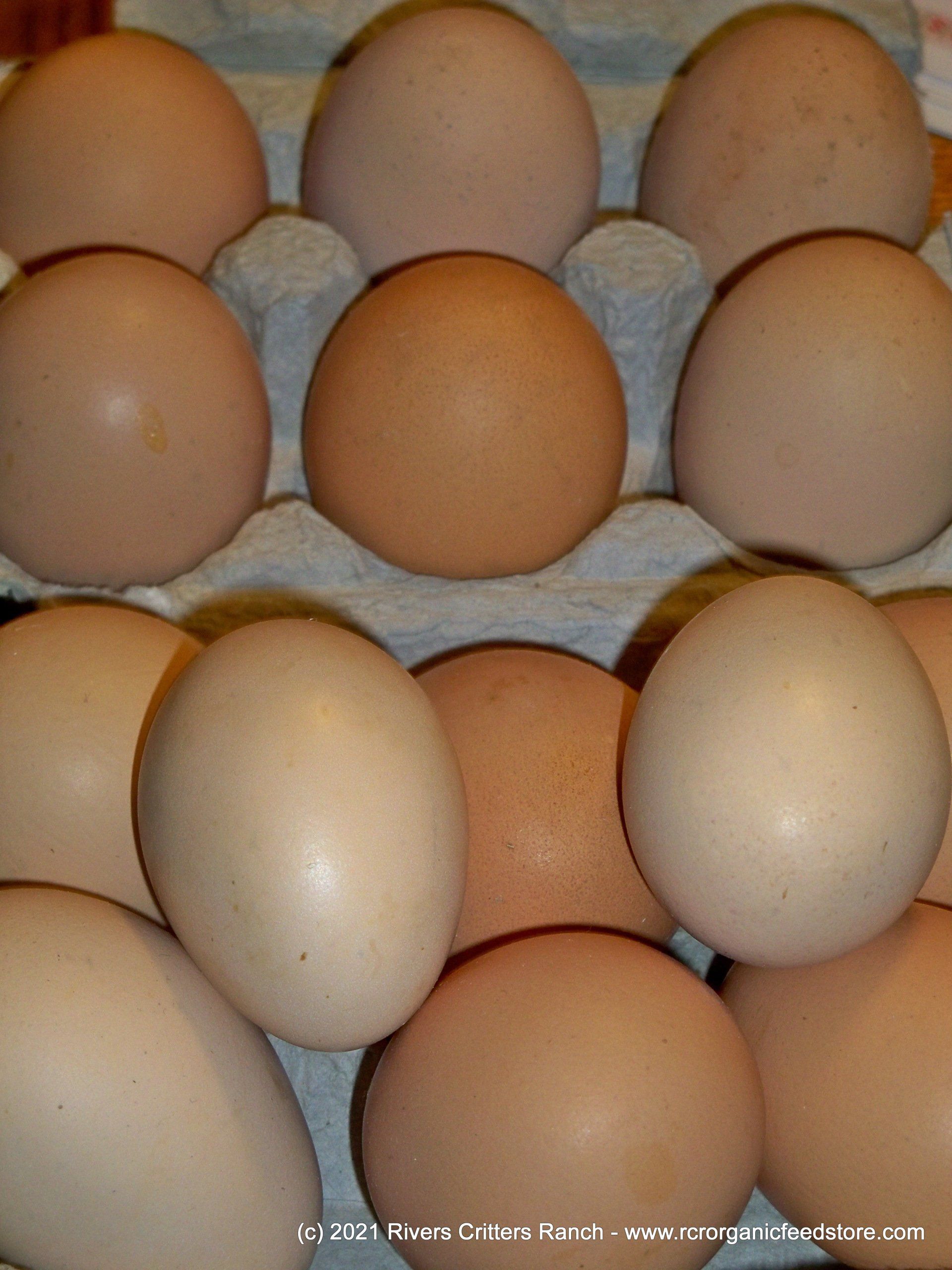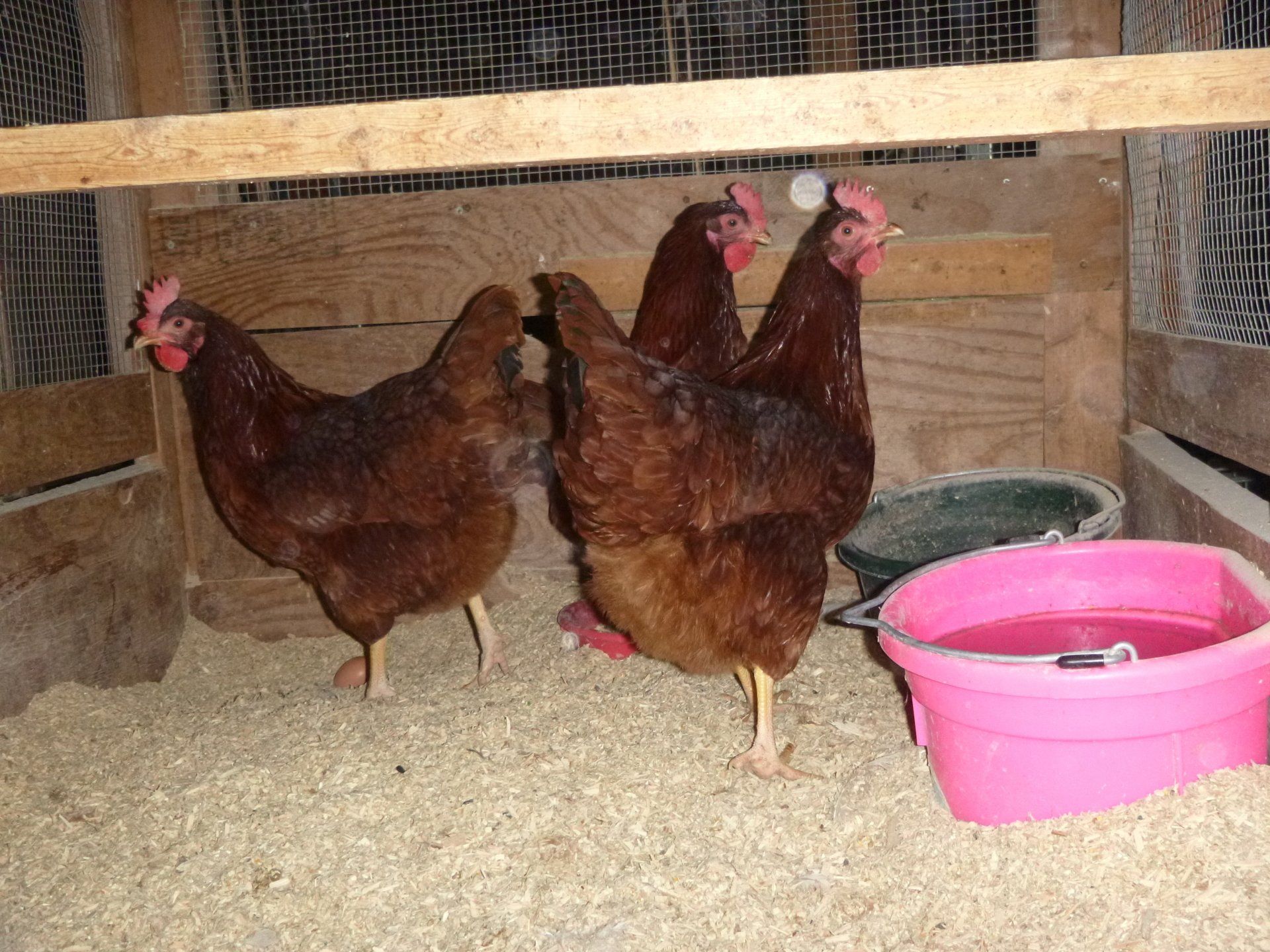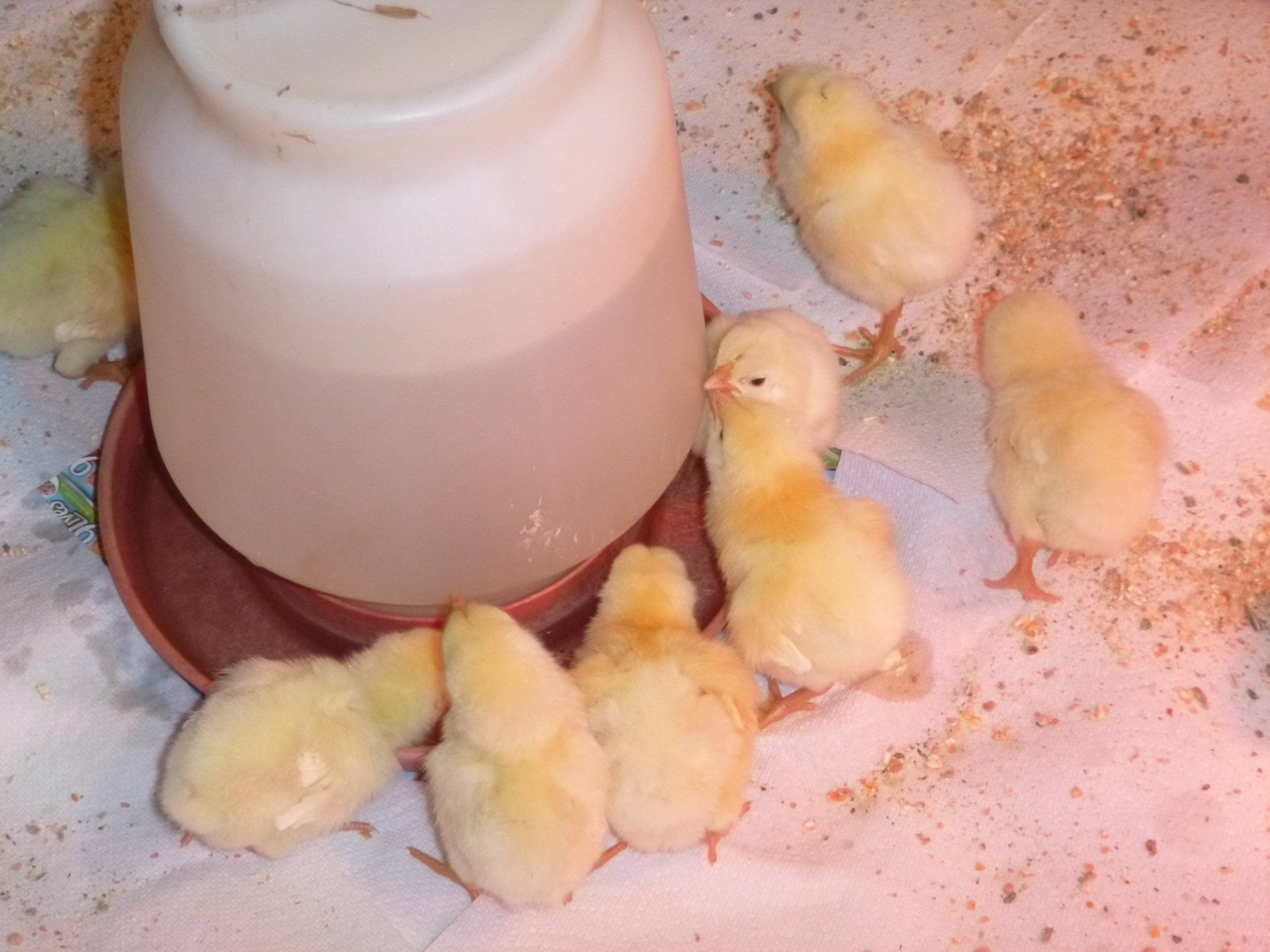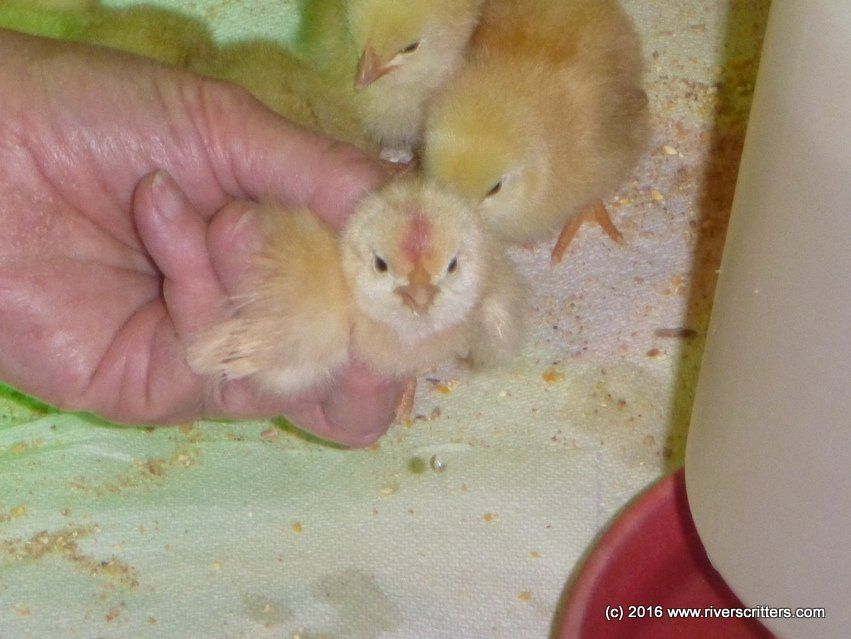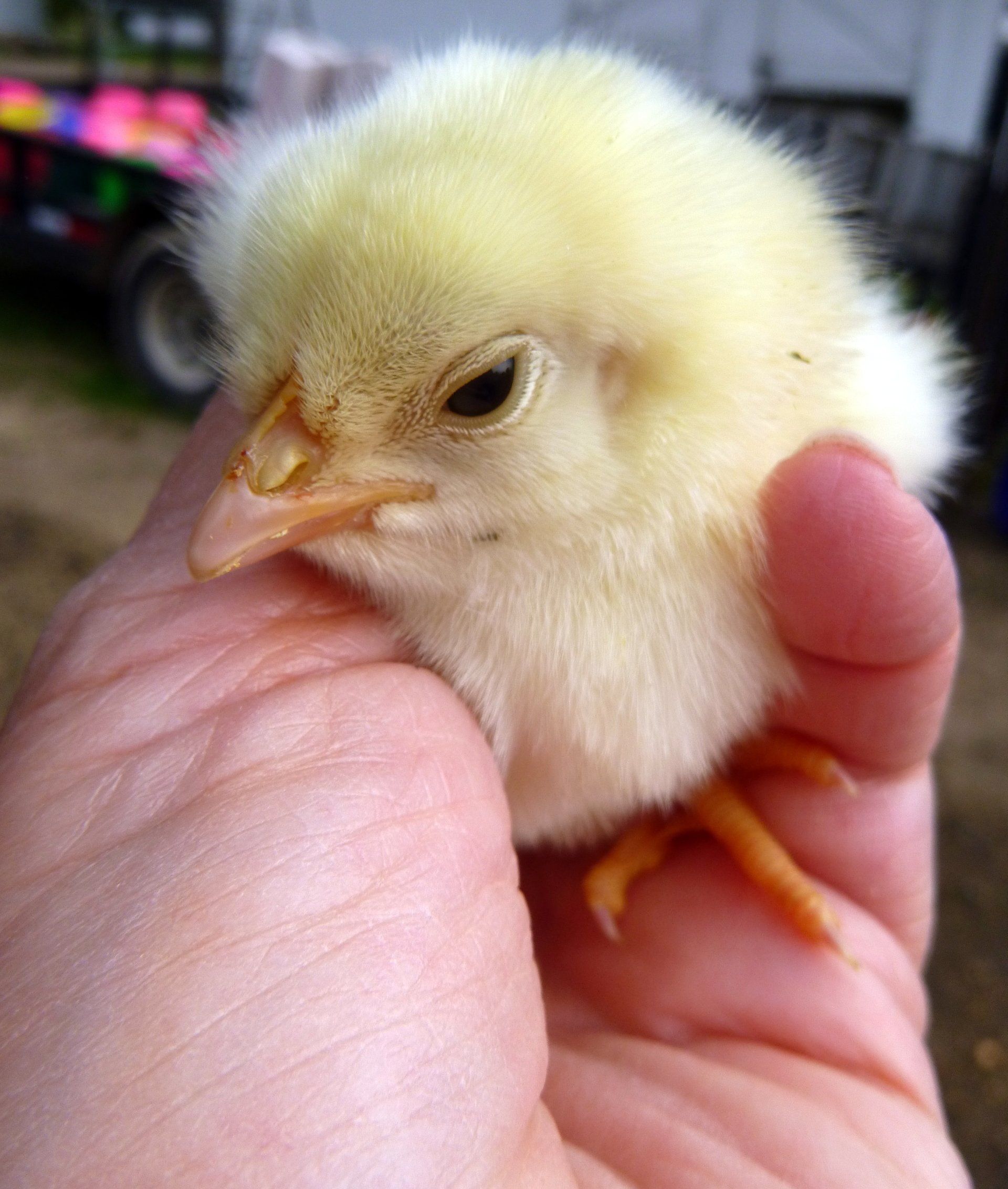Feeding Your Barnyard Friends - Part 3 of 6
Protein Sources for Feed
Yesterday we looked at grains that provide energy and fiber in a feed mix. Today we will look at the grains that are prevalent in our area and increase the protein level in a feed mix. They are as follows:
Soybean Meal (Expelled) has a protein value of 42-44%. When soybean meal is combined with corn the amino acid profile is great for poultry. Note that 6% oil remains after extraction
Fish Meal is also high in protein with a value of 60%. It is an excellent source of amino acids. However, it should be limited to 5 – 10% of feed mix. Additionally, if mixing fish meal with high levels of Flax seeds you are assured of a fishy taste.
Field Peas are a medium-energy protein ingredient with a value of 22-24% protein. This protein level can be reduced by 6% for each 1% increase in tannins (usually the darker the color of the peas the more tannins). It also has low levels of sulfur amino acids. You should limit to 20% of feed mix. Special Note: Peas slow down the intestinal tract, which on one hand allows poultry to digest more nutrients. However, if diet is overloaded with peas it can slow down the intestinal tract to the point that the crop is not emptying fast enough which causes a slow, sour crop and an extremely sick bird.
Crab Meal is generally produced through the processing of either crabs or lobsters and the protein ranges from 25-45% protein, with low energy
Flax Seed has a 21% protein level and is high in oil and omega-3 and omega-6 fatty acids. You should limit to 8-10% of feed mix, so you do not compromise the egg flavor. Many are feeding flax seed to their laying hens which will lead to a 6-8 fold increase in the omega-3 fatty acid content in their eggs. However, you should note that research has now found that feeding hens a 10% flax ration in their feed also increases the level of liver hemorrhages in hens. Researchers believe that the livers of those birds feed this level of flax seed contain more long-chain unsaturated fatty acids which are prone to oxidative rancidity.
Tomorrow I will post a basic computation for figuring your feed mix.
